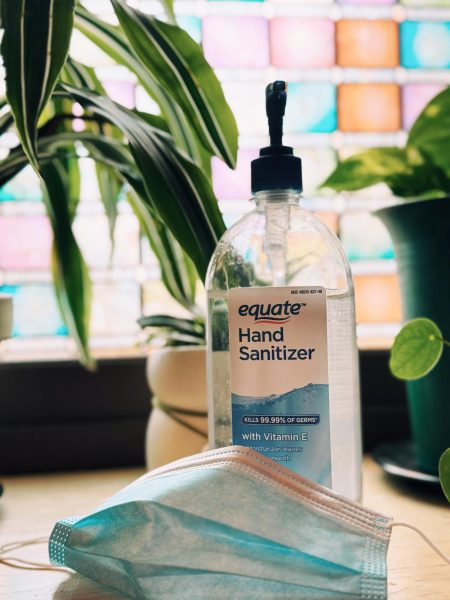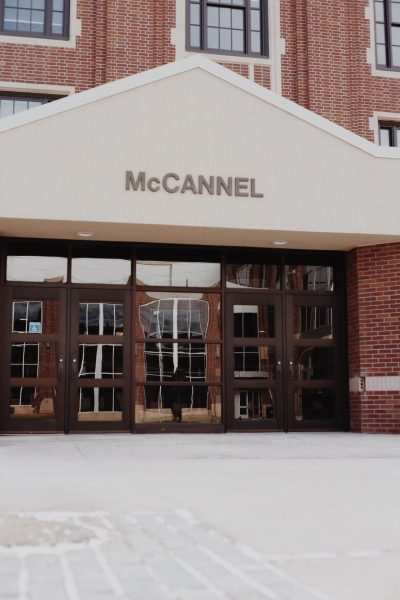UND Makes it hard to go green
January 28, 2018
The University of North Dakota is well-known for a lot of things: ts championship winning hockey team, its ranking as being one of the coldest college campuses in the United States, and of course, its superior aviation program. Sustainability and recycling, unfortunately, is not one of them.
I‘m probably particularly tough on this school (as well as on the city of Grand Forks) because I hail from Los Angeles, where plastic bags aren’t free, water is scarce and separating recyclables, compostables, and trash is second-nature. To further explain my tree-hugging concerns, I transferred to UND from the University of California, Santa Barbara, a beachside university renowned for its green initiatives and commitment to reduce its material footprint.
At UCSB, recycling bins were not only side-by-side along each trash can, but were used appropriately by all. Compost bins that turned food waste into nutrient-rich soil for the campus gardens were in all of the dining halls.
However, the push to become a more environmentally friendly school was not only successful because of administrative decisions implemented, but by the student’s choices to take advantage of the opportunities they had to make a difference.
My initial experience with recycling, or lack thereof, at UND was not a good one. I remember being in my West Hall double four years ago, when the janitor stopped by in the morning to empty my room’s trash and recycling bins. Instead of dumping them into separate piles, he simply combined the two, and moved onto the next suite.
The opportunities for us to better the environment haven’t gotten any better since moving out of the dorms and into the on-campus apartments. At Berkeley Drive, there is only one recycling bin for the three trash bins in the area, which not only discourages people to recycle because of the walk that it takes to get there, but also leads them to the bins being overpacked. This, along with the merciless North Dakota winds, results in cardboard boxes and plastic floating around the entire parking lot, doing more harm than good.
According to a graph posted on Facility Management’s “UND Recycling” page, only abound 20% of waste at UND is recycled, a figure which has remained stagnant from 2014-2017. I’m aware of the challenges that UND faces when it comes to becoming a more environmentally friendly campus, including the monetary cost that it takes to implement such programs.
As of now, there is currently only one BigBelly Solar Compactor on campus, most likely due to the $4,000 price tag. These units are equipped with a compactor, allowing it to hold five times more than a normal trash bin.
If you have never heard of one, it’s probably because the school chose to place it at the South entrance of the Gorecki Alumni Center: a strategic placement probably intended to impress the lined pockets of visiting alumni and not necessarily function in an area that gets the most foot traffic on campus.
When it comes to sustainability, UND needs to understand that making an impact doesn’t necessarily result from just implementing programs and ordering fancy trash cans. Students, faculty and other employees need to be educated on why green decisions matter so that they voluntarily choose to recycle and make greener choices, which would be made possible by the school’s emerging green initiatives.
When it comes to making a positive environmental impact on campus, it takes more than simply placing a few recycling bins around campus and hoping that it ends up in the right place. UND needs to ensure that students understand the importance of the impact that their small, everyday choices have on the environment.
Stephanie Hollman is the opinion editor for Dakota Student. She can be reached at [email protected]











